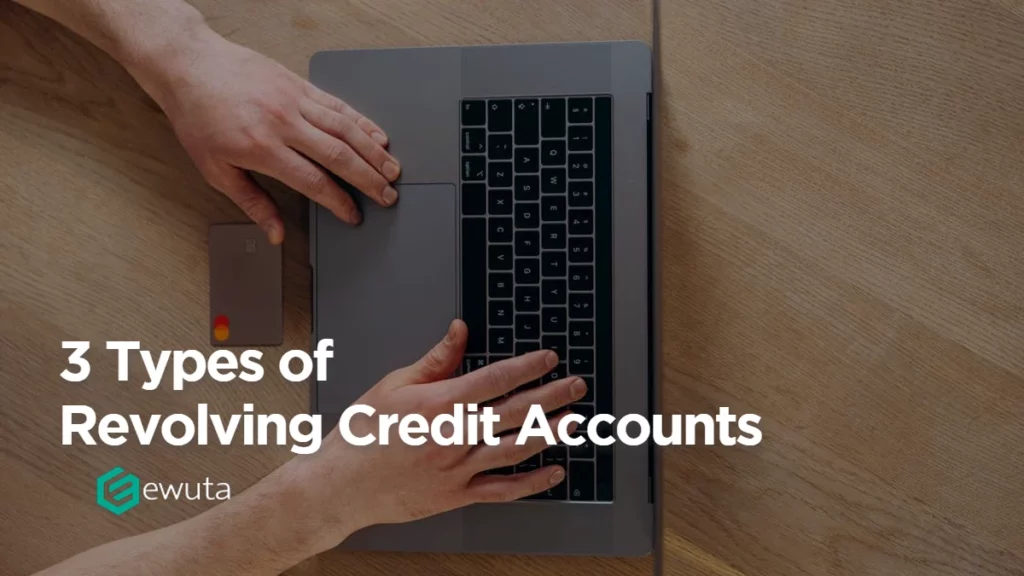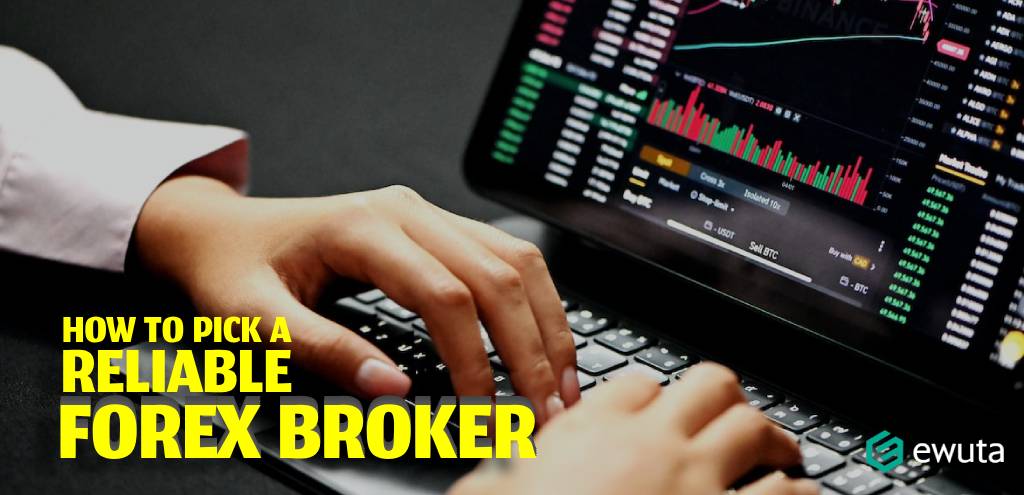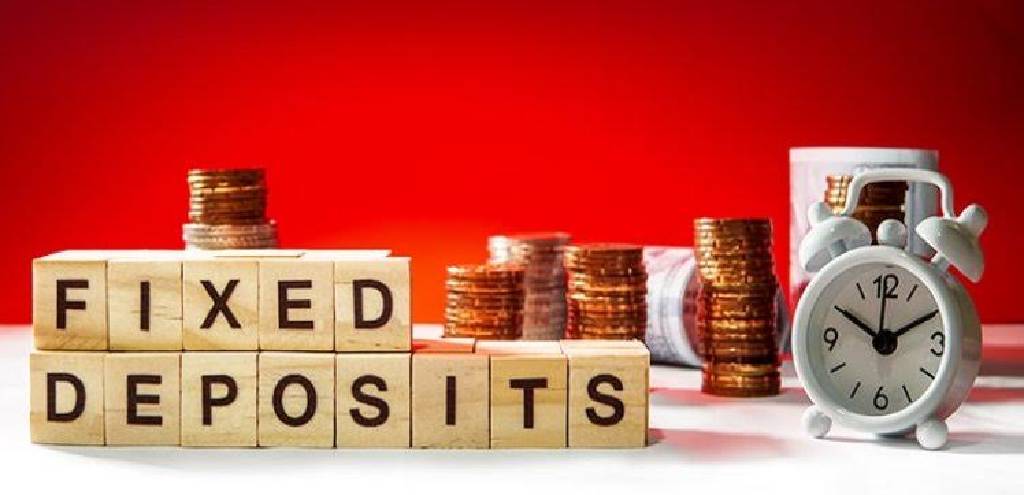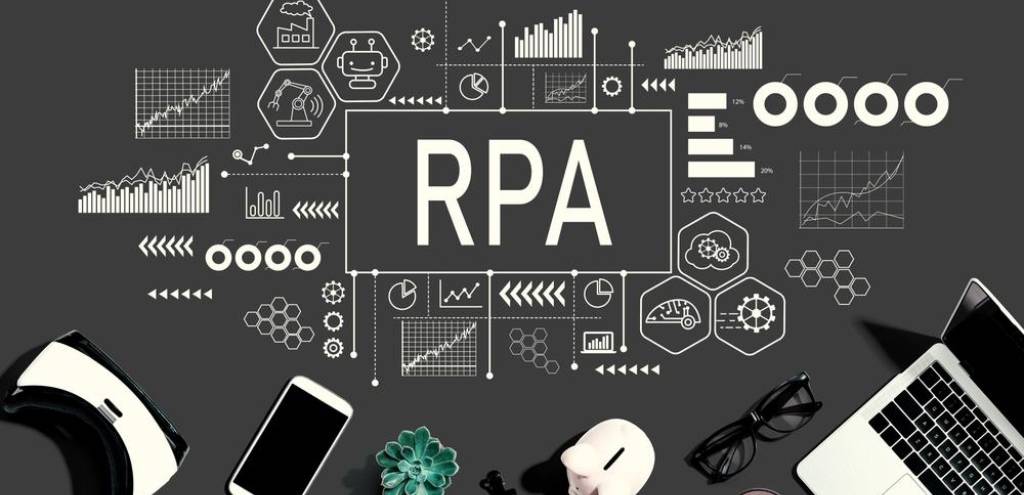
A revolving credit account allows owners to repeatedly use and re-use the credit available. It’s not a single-use account.
How does it work? In a revolving credit account, you are given a set amount of credit. That is the approved amount that you are allowed to borrow — no more than that. If you reach the credit limit, youget nothing else. This is called maxing out an account.
You can regain access to your credit through repayments. Essentially, the repayments replenish the available credit on the account. You can repeat this process over and over again. The account will remain open indefinitely — that is, until you decide to contact the creditor and close it.
Some examples of revolving credit accounts are credit cards, personal lines of credit and HELOCs. Find out how these accounts work and how you can use them.
1. Credit Card
Credit cards are one of the most popular types of revolving credit. With a credit card, you’ll be given a credit limit. According to the credit bureau Experian, the average credit card limit was approximately $30,000 in 2020. If this is your first credit card, you should expect your limit to be lower than average.
You can charge transactions to your credit card as long as they are within the credit limit. These transactions will make up your “balance.” Your balance will not be charged interest until your monthly statement’s due date arrives. Once that due date arrives, your balance will accumulate interest — unless you pay it off in full.
If you can’t repay your balance by the due date, you should at least make the minimum payment. The minimum payment is the smallest repayment amount your credit card company will accept that month. It is usually a small percentage (1%-3%) of your total balance. Some companies charge a fixed amount, like $25, as their minimum payment.
Making the minimum payment can help you avoid the consequences that come with missing a credit card bill. However, users should not make a habit of only paying the minimum. It will not reduce the balance by much, and it will not keep up with the account’s interest rate.
When Should You Use a Credit Card?
Credit cards can be used for all sorts of expenses. You can use them for everyday expenses, as long as you have enough in your bank to pay down your balance in time.
Ideally, you should minimize non-essential payments to keep your balance low. This will allow you to use your credit card for emergency expenses without trouble.
Your credit card can also offer consumer protections and insurance for certain types of purchases, like plane tickets, vehicle rentals and online shopping purchases.
2. Personal Line of Credit
A personal line of credit also gives you a pre-approved credit limit to borrow from. When you want to borrow funds within that limit, you can request to make a withdrawal. If your account is in good standing, your request to make a withdrawal will likely be approved and then deposited into your checking account.
After you make a withdrawal, the repayment process begins. You will need to follow a steady billing cycle to replenish the borrowed funds in your account, which you can then use again.
How do you get a line of credit? It’s simple. You can apply for a line of credit online as long as you meet the requirements. It only takes a few minutes to fill out an application. Soon after sending your application, you will be informed about whether it was approved or not. With an approval, you will have access to your very own personal line of credit.
When Should You Use a Personal Line of Credit?
Personal lines of credit shouldn’t be used for everyday transactions, like groceries and bill payments. Ideally, you should reserve your personal line of credit for emergency expenses.
3. HELOC
A HELOC (home equity line of credit) gives you access to credit based on how much home equity you have built. It is sometimes referred to as a second mortgage.
A HELOC is only an available credit option for homeowners who have a significant amount of home equity. Your home equity is based on your home’s current value minus the amounts you still owe in mortgage payments and other related loans. So, if your home is worth $450,000, and you have another $300,000 in mortgage payments to make, then you would have $150,000 in home equity.
HELOCs allow homeowners to borrow large amounts of credit at a low-interest rate. The interest rate is so low because owners are using their homes as collateral.
When Should You Use a HELOC?
Homeowners often use their HELOC to improve their households. So, they use the funds to add value to their homes with major repairs and renovations. Some homeowners that are focusing on debt repayments will use their HELOCs to consolidate debts with higher interest rates.
These revolving credit accounts come with a lot of benefits. Maybe it’s time that you get one — or more — of them.



